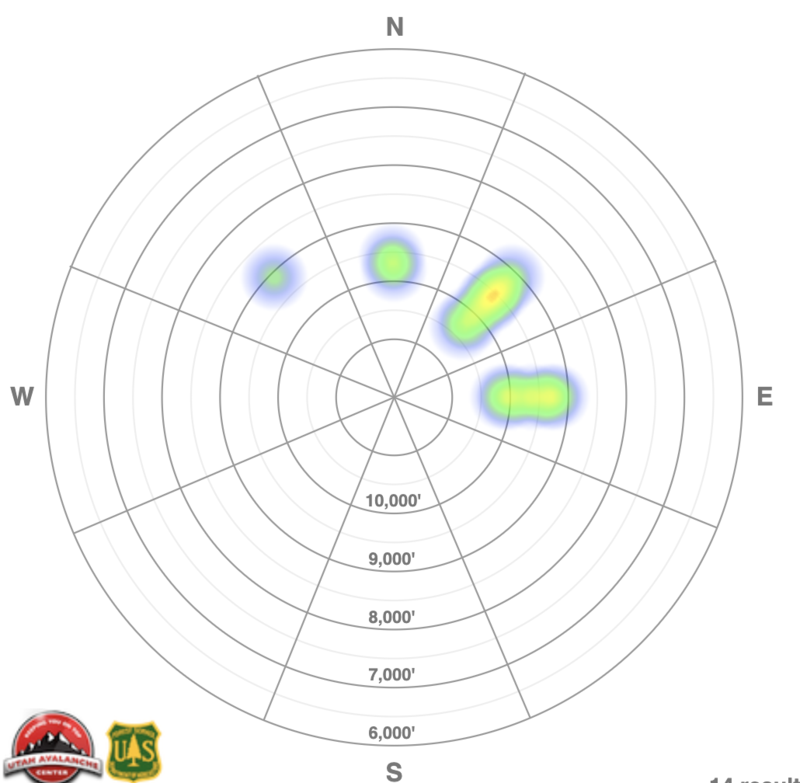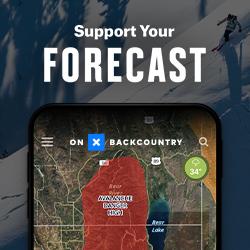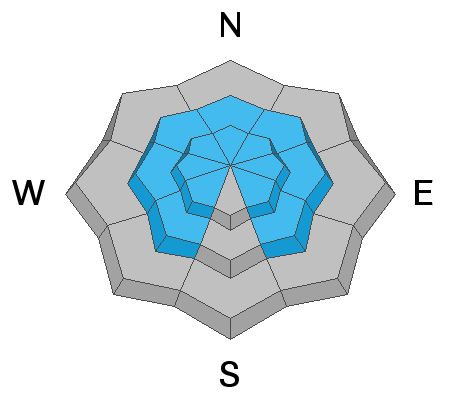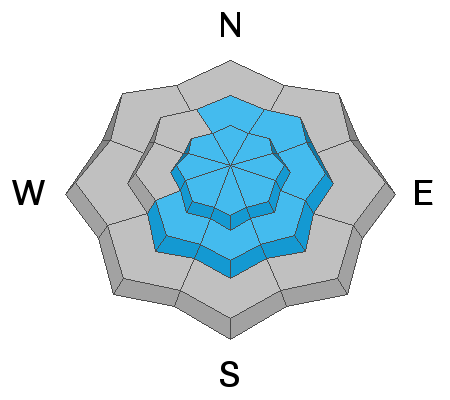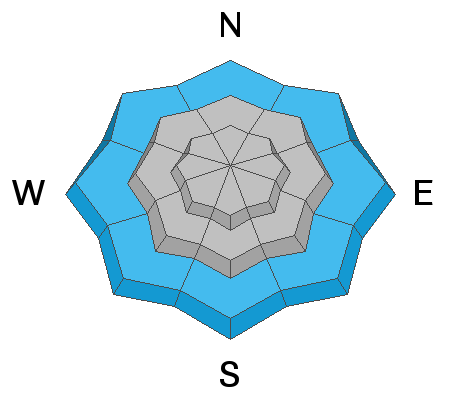Forecast for the Salt Lake Area Mountains

Issued by Drew Hardesty on
Monday morning, December 21, 2020
Monday morning, December 21, 2020
A CONSIDERABLE avalanche danger remains on many slopes at the mid and upper elevations. Human triggered avalanches 1-2' deep remain likely...and may still be triggered from a distance.
Conservative decision making is essential.
As an outlier - wet sluffs and Roof-alanches may be possible today.
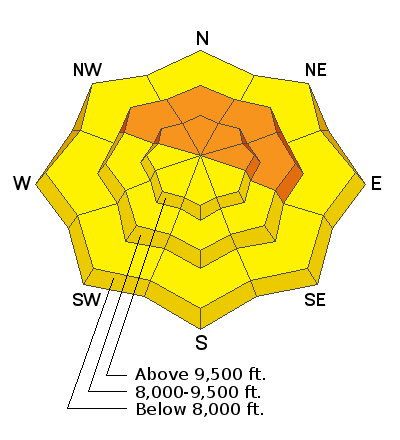
Low
Moderate
Considerable
High
Extreme
Learn how to read the forecast here



